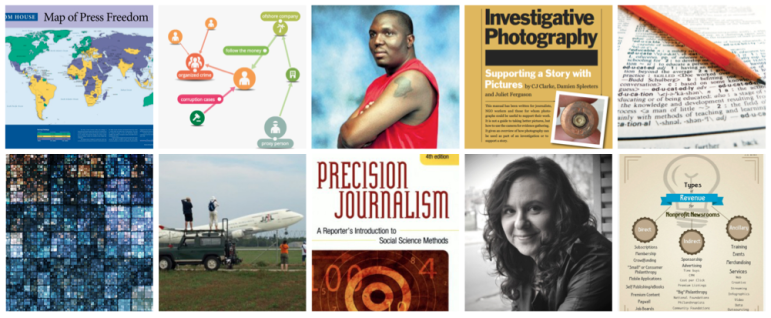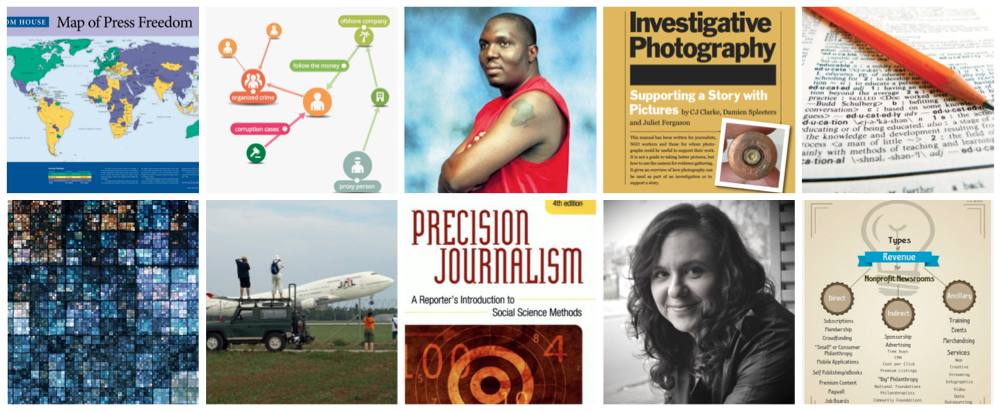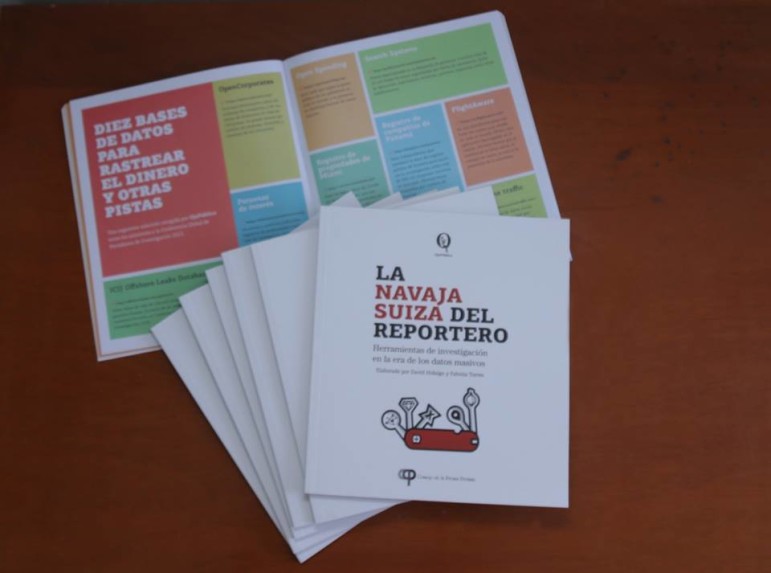

The GIJN Top 10: Our Most Popular Stories of 2013
 As 2013 nears an end, we’d like to share our top ten stories — the stories that you, our dear readers, found most compelling. The list ranges from impassioned calls for journalists to fight back to the dangers of big data, from the latest techniques for tracking business across borders to the arcane practice of plane-spotting. Please join us in taking a look at The Best of GIJN.org:
As 2013 nears an end, we’d like to share our top ten stories — the stories that you, our dear readers, found most compelling. The list ranges from impassioned calls for journalists to fight back to the dangers of big data, from the latest techniques for tracking business across borders to the arcane practice of plane-spotting. Please join us in taking a look at The Best of GIJN.org:
Mexican Journalist Marcela Turati: “Don’t Abandon Us”
Journalist Marcela Turati has gained global attention for her compassionate and committed reporting on the victims of Mexico’s drug wars. On June 25, Turati keynoted the Investigative Reporters and Editors conference in San Antonio, Texas, and brought silence to 500 hardened journalists. Her message: “Don’t abandon us.”
Why Open Data Isn’t Enough
GIJN’s Director David Kaplan takes on the buzz for open data and technology in media development. While access to data and cool apps can certainly help investigative journalism, they are no substitute for the kind of street-level digging, face-to-face interviews, and detective work these projects demand.
Planespotting and Investigative Reporting
Sheila Coronel, director of Columbia University’s Stabile Center for Investigative Journalism, writes about planespotters — hobbyists who track aircraft takeoffs and landings — and how reporters can benefit from their passion. Some websites have databases to search planes by make, airport, and tail number.
Big Data in Need of Analytic Rigor by Journalists
Investigative Reporter’s Handbook author Brant Houston interviews acclaimed data editors David Donald and Jennifer LaFleur on the care needed in analyzing data. “In some cases, what passes for ‘data journalism’ is simply posting of big data sets without checking it… As journalists, we need to interview the data.”
Investigative Journalism Nonprofits: A Survival Guide
Nonprofits specializing in investigative reporting now number 106 in nearly 50 countries – with more than half founded in the past five years. But not all will survive unless they adopt business plans and diversify their revenue. GIJN offers a checklist to get started. (And check out Part II here.)
Why Journalism Education Faces a Worrisome Future
After taking a free online course from data visualization guru Alberto Cairo, media consultant James Breiner wonders about the future of journalism education. If you want to study journalism, he finds, you have more choices today, at lower cost and of higher quality — and not always at a university.
Research Tools for International Business Investigations
Investigative stories are just a click away. But to find them, you need to look in the right place. Marty Steffens, from the University of Missouri, and Paul Radu, from the Organized Crime and Corruption Reporting Project, present some of the best tools for tracking business around the planet.
Less than 14% of World Lives in Countries with Free Press
The number of people in countries with a free press is at the lowest level in more than a decade, according to Freedom of the Press 2013. Just 14 percent of the world — about one in six people—live where political news is robust, journalists are safe, and the press is not subject to onerous pressure or state intrusion.
Investigative Photography: Supporting a Story with Images
One of the worst crimes that investigative journalists commit is spending months on a great story, and then only minutes on the presentation. Check out this excerpt from Investigative Photography: Supporting a Story with Pictures, from the UK’s Centre for Investigative Journalism.
“We Are Our Worst Enemies”
In this impassioned speech, noted South African reporter Mzilikazi wa Afrika invokes Nelson Mandela, Steve Biko, and Malcolm X in calling for journalists to “start a revolution” in fighting back against corrupt politicians and attacks against the media.








